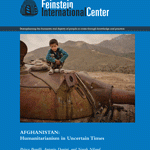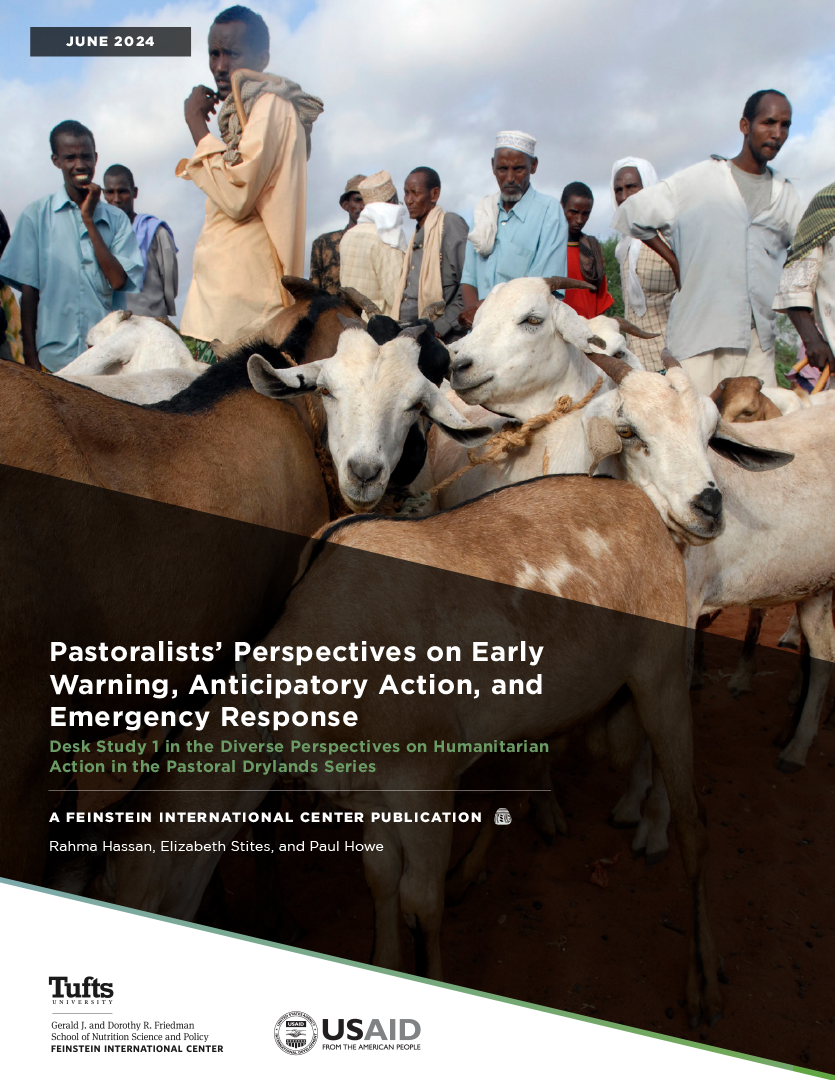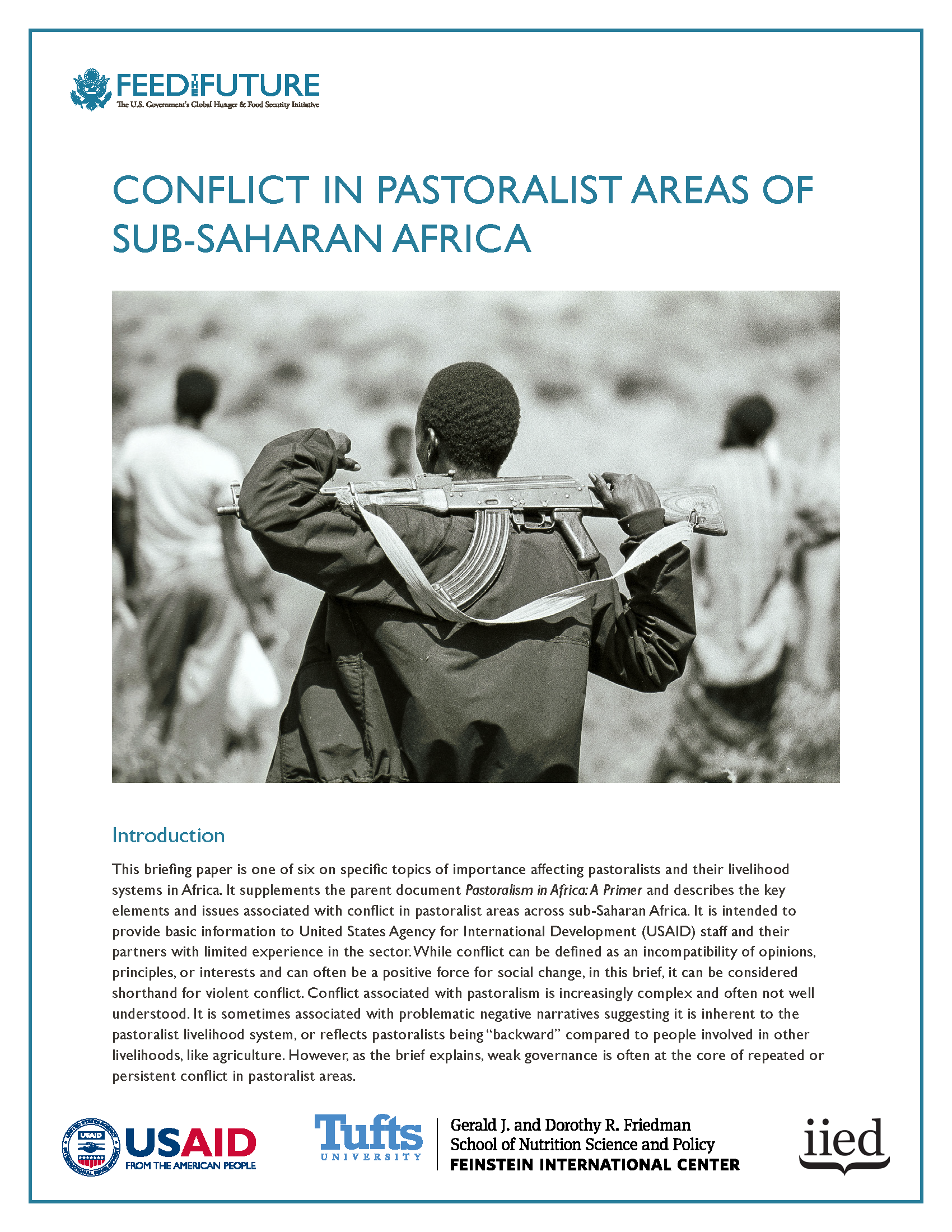The Afghan crisis, now well into its fourth decade, has many layers. The military and political dimensions of the crisis grab the headlines. But the structural violence and poor governance that underpin it—grinding poverty, rampant abuse of power, criminalized economy, parlous condition of women and girls, poor access to health and other services—receives much less attention.
This report focuses on the lives and vulnerabilities of those affected by the crisis and on the attempts by local and international agencies to mitigate these vulnerabilities within the fraught and volatile Afghan context. It presents an analysis of the humanitarian situation on the ground and of the challenges and constraints faced by the humanitarian community in a fast-moving environment. Its conclusions point to urgent changes required to improve the response to a severe and deepening humanitarian crisis and to protect humanitarian agencies, to the extent possible, from overt politicization and manipulation.
In the context of the so-called “transition”— that is, the significant reduction of foreign troops and probable decrease in aid and international engagement in Afghanistan—it is important to take stock of the humanitarian situation and to review how humanitarian agencies are preparing for a future that is bound to be of great uncertainty and that might well result in an escalation of conflict, lawlessness, displacement, and humanitarian need.







